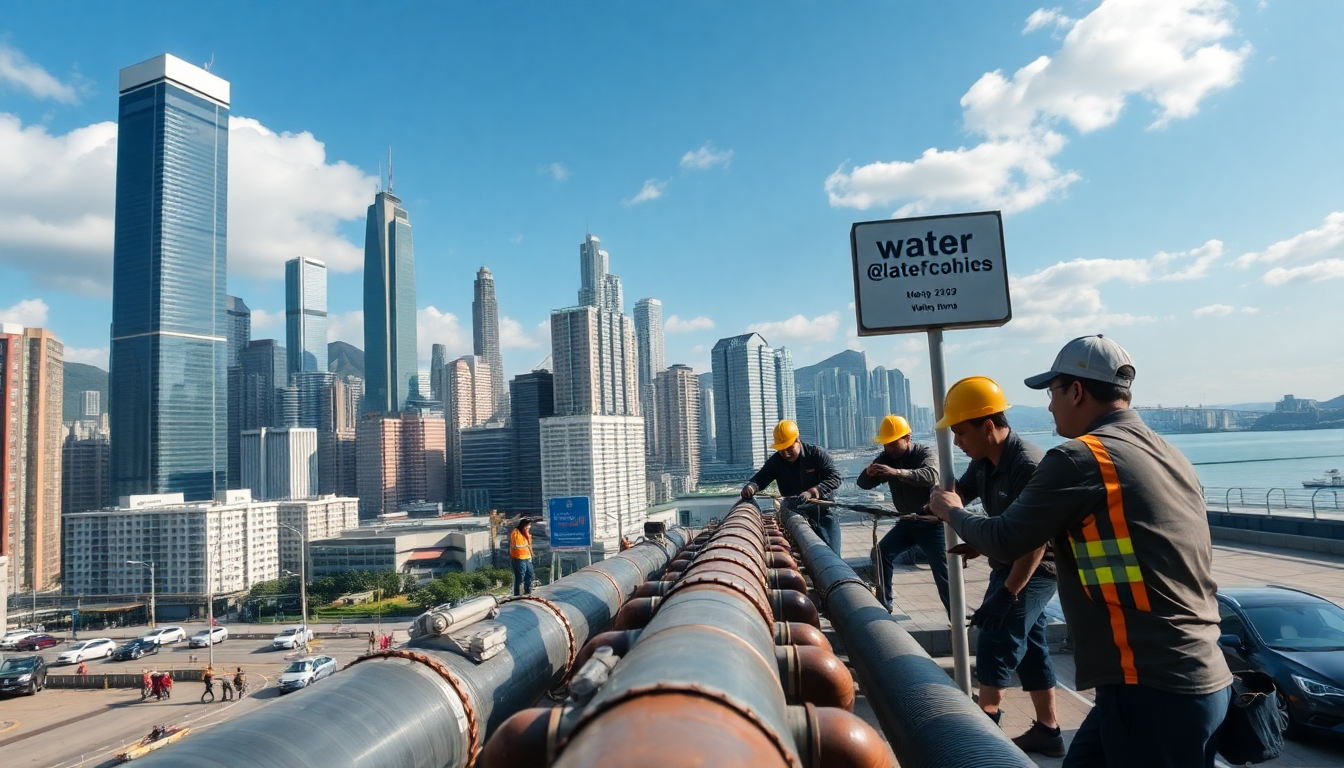Table of Contents
Hong Kong, a bustling hub known for its dynamic economy and skyline, faces a troubling reality when it comes to its water supply. You might picture a modern city thriving on innovation, but the truth is that Hong Kong struggles with some basic challenges in providing safe drinking water.
This situation not only reveals serious systemic issues but also raises essential questions about government accountability. So, what’s really going on? In this piece, we’ll delve into the history of Hong Kong’s water supply issues, recommendations from past investigations, and what all this means for public trust in government.
The History Behind the Water Supply Issues
The origins of Hong Kong’s water supply problems can be traced back to some glaring lapses in oversight and management. Remember the shocking headlines from a decade ago when opposition lawmaker Helena Wong Pik-wan highlighted the alarming levels of lead in drinking water? This contamination affected 11 public housing estates and put the health of roughly 29,000 households at risk.
The crisis led to an independent inquiry in 2016, aimed at uncovering the truth behind the contamination and suggesting ways to prevent it from happening again.
The inquiry’s findings painted a grim picture, exposing a range of failures, especially within the Water Supplies Department.
Among the 17 recommendations made, one stood out: the urgent need for a solid licensing regime to oversee plumbing installations. But perhaps the most shocking revelation was that the Department had struggled to grasp the World Health Organization guidelines it had adopted more than 20 years earlier.
For over a decade, the agency failed to understand the very standards it was supposed to enforce—a glaring oversight that speaks volumes about institutional neglect.
What This Means for Public Trust
With every incident that surfaces, the credibility of the Water Supplies Department continues to plummet, leaving many questioning its ability to manage such a vital service.
Trust is built on accountability and transparency, yet the way past crises have been handled reveals a troubling gap between bureaucratic responsibilities and what citizens expect. The failure to learn from the 2015 lead contamination incident only emphasizes the urgent need for systemic reform.
This raises an important question: do those in charge really understand their roles and responsibilities? The repeated mismanagement and lack of proactive responses to known vulnerabilities show a worrying lack of awareness or urgency. The ongoing water supply struggles, combined with the government’s slow response to fixing these issues, remind us just how crucial accountability is in public institutions.
Moving Forward: Building Accountability and Trust
To tackle this crisis and regain public confidence, the government must not only implement the recommendations from previous inquiries but also ensure that the lessons learned are put into practice. This means enhancing technical knowledge within the Water Supplies Department and fostering a culture of accountability where officials are held responsible for their actions and decisions.
Moreover, engaging the public in conversations about the challenges surrounding water supply and the steps being taken to address them is key to rebuilding trust. When the government is transparent about its operations and decision-making processes, it reassures citizens that their health and safety are top priorities. Ultimately, it’s through a commitment to accountability and effective management that Hong Kong can hope to overcome its water supply challenges and ensure access to this essential resource for all its residents.





